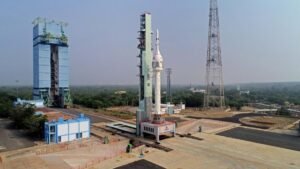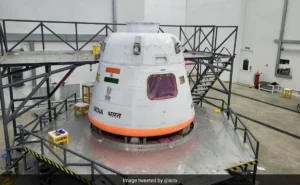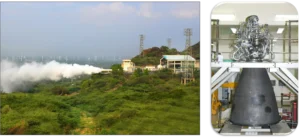ISRO has announced that it has successfully completed the final level engine test for the human-carrying rocket, Gaganyaan, today 21 February.

The Indian Space Research Organisation (ISRO) has achieved a big milestone in the human rating of its CE20 cryogenic engine ground qualification tests, the engine that powers the cryogenic stage of the LVM3 launch vehicle used for the Gaganyaan mission. ISRO officially announced in their X social media page that ISRO’s CE20 cryogenic engine is now human-rated for Gaganyaan missions.

The experiment has been reported as successful. In a statement released by ISRO stated that “The CE20 cryogenic engine was tested on the 13th February at the test centre at the ISRO Propulsion Complex in Mahendragiri”.
Quality test for cryogenic engine
In this, engine performance, maximum resistance and thrust were tested. In these tests four engines have undergone 39 hot firing tests under different operating conditions for a duration of 8810 seconds and successfully qualified. Whereas the minimum standard requirement for qualification is 6350 seconds.
ISRO has selected the LVM3 rocket for this Gaganyaan project as it needs to carry human and also many supplies. It can carry goods weighing about 8 tons to a height of 200 km from the earth. This rocket was used in the Chandrayaan 3 mission.

Apart from this the acceptance tests of the flight engine are also completed successfully by ISRO. The Gaganyaan mission which carries human to space is tentatively scheduled for launch in the second quarter of this year.
India’s first human space mission
While Russia, USA and China are the only countries that have sent humans into space, India is making serious efforts to achieve this feat and constantly striving to send humans to space for research on its own. This is how the project was born and has been named mission Gaganyaan. Research related to this project has been carried out since 2014 and aims to send 2-3 astronauts into deep orbit 400 km from Earth and bring them back to Earth after 1 to 3 days of exploration.












Comments 1